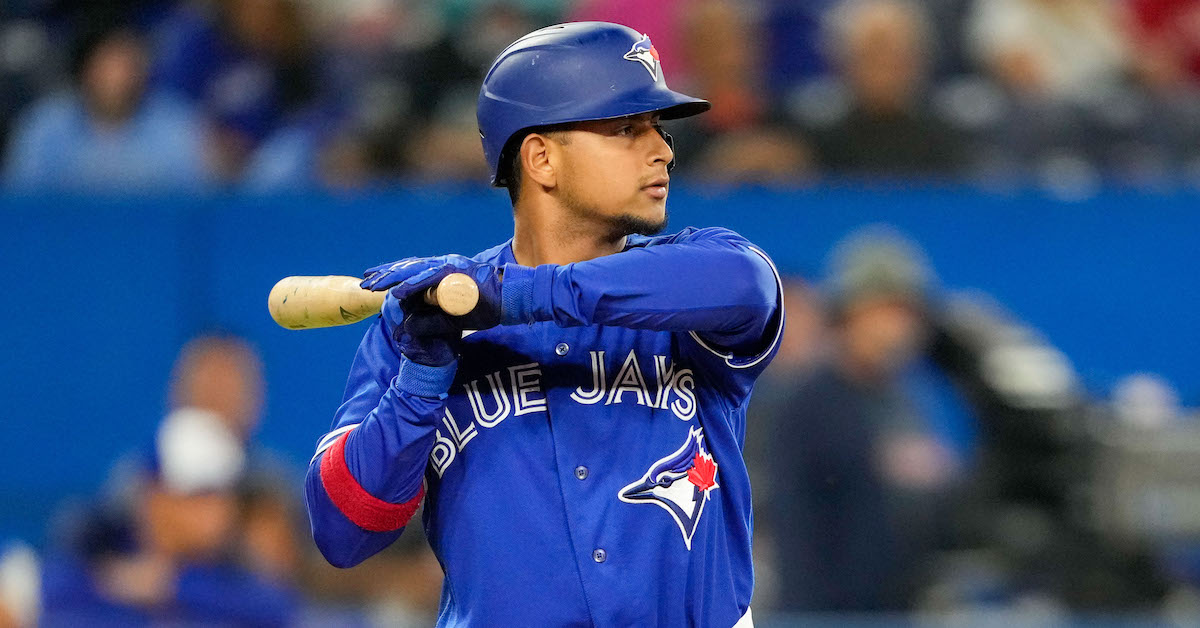Rich Hill Continues Tour of MLB, Signs With Pittsburgh

Long, successful baseball careers usually have a predictable shape to them. A young, highly-regarded prospect gets his first cup of coffee, then becomes a full-time starter over the next few years, possibly ascending to star level. Then he slowly ages and declines, riding off into the sunset in his late 30s. Some choose not to follow that trend. Jamie Moyer pitched twice as many innings in his 40s as he did in his 20s, finally retiring at the absurd age of 49. In 1965, a 59-year-old Satchel Paige returned to the majors for one more game, and despite his signing being a largely ceremonial move, he still tossed three scoreless innings.
Then there’s Rich Hill. First drafted out of high school in a different millennium, Hill debuted with the Cubs in 2005 at age 25. Over the next decade, he bounced around the league, often struggling with elbow injuries and poor command. At the end of 2014, Hill was a 34-year-old who had played for six different teams, only completing 100 frames in a season once. After opting out of a minor league deal with the Nationals in the middle of the 2015 season, Hill ran out of offers with affiliated clubs. He signed with the independent Long Island Ducks and laid waste to his Atlantic League competition… for two starts. Hill was then tendered a big league contract with his hometown team, the Red Sox, had four excellent starts to close out the season, and has held down a big league roster spot ever since. Hill will begin the upcoming spring training by celebrating his 43rd birthday, making him the oldest major league player since the then 45-year-old Ichiro Suzuki last suited up in 2019. The Pirates will be his 12th team, making him one of just six players to appear for a dozen or more clubs.
When a slightly younger Hill signed with the Red Sox (for the seventh time in his career), Ben Clemens used the prophetic projection system RiPS (Rich is Pitching Superlatively) to forecast a 4.15 ERA and 1.7 WAR for his 2022 season. Hill’s actual numbers? A 4.27 ERA (but a 4.13 SIERA), and 1.8 WAR. Not bad, RiPS. But it gets even better. Ben wrote, “If he pitches to this line, he’ll earn $8 million next year and be well worth it for Boston.” In 2023, the Pirates will be paying Hill (checks notes) $8 million on the dot. Can we get some RiPS projected standings for the season? They might even turn out to be more accurate than the baseball Reddit’s marble race simulations. Read the rest of this entry »





